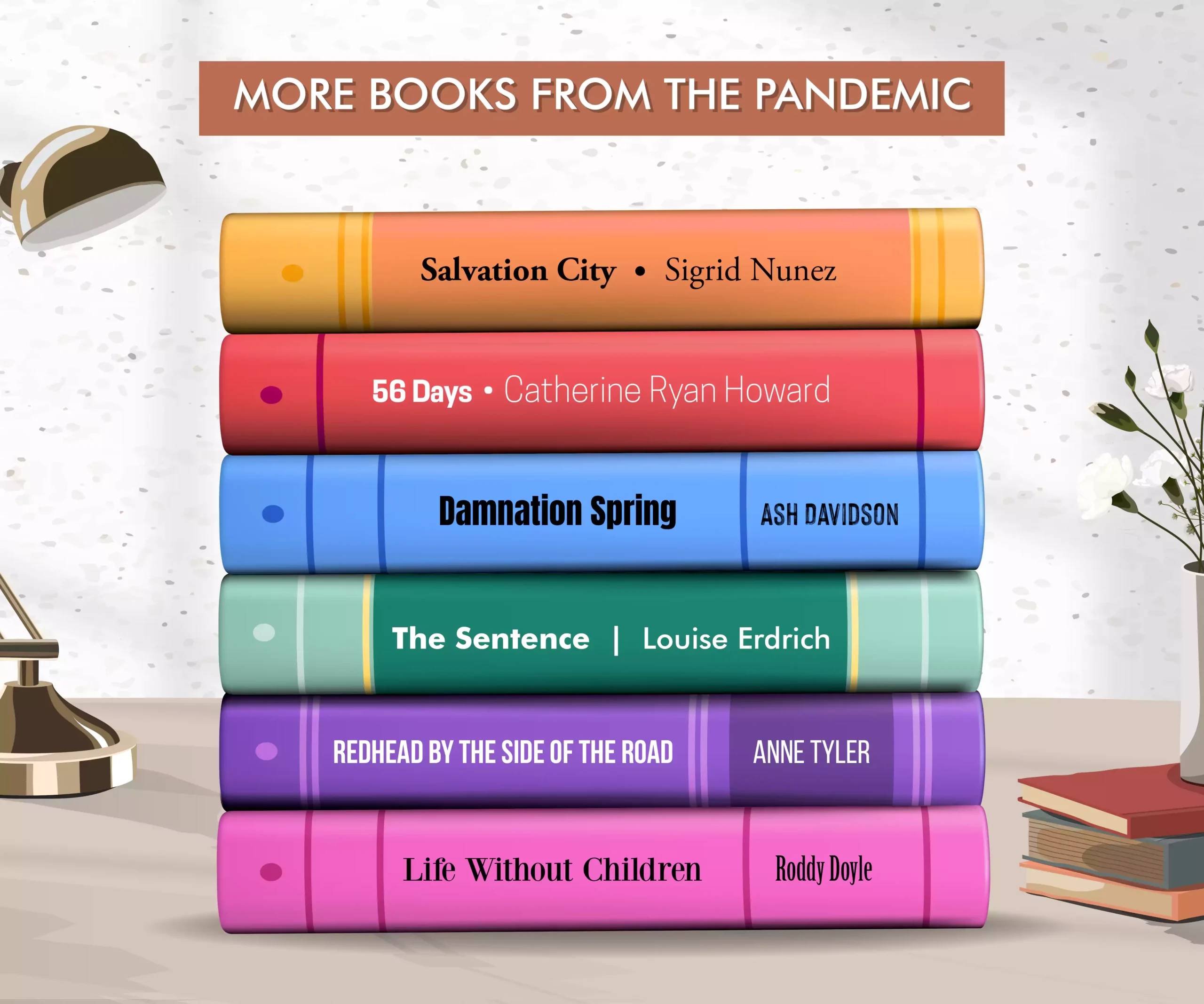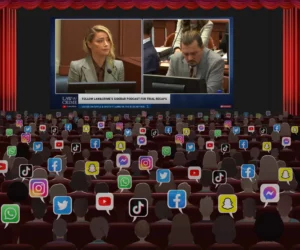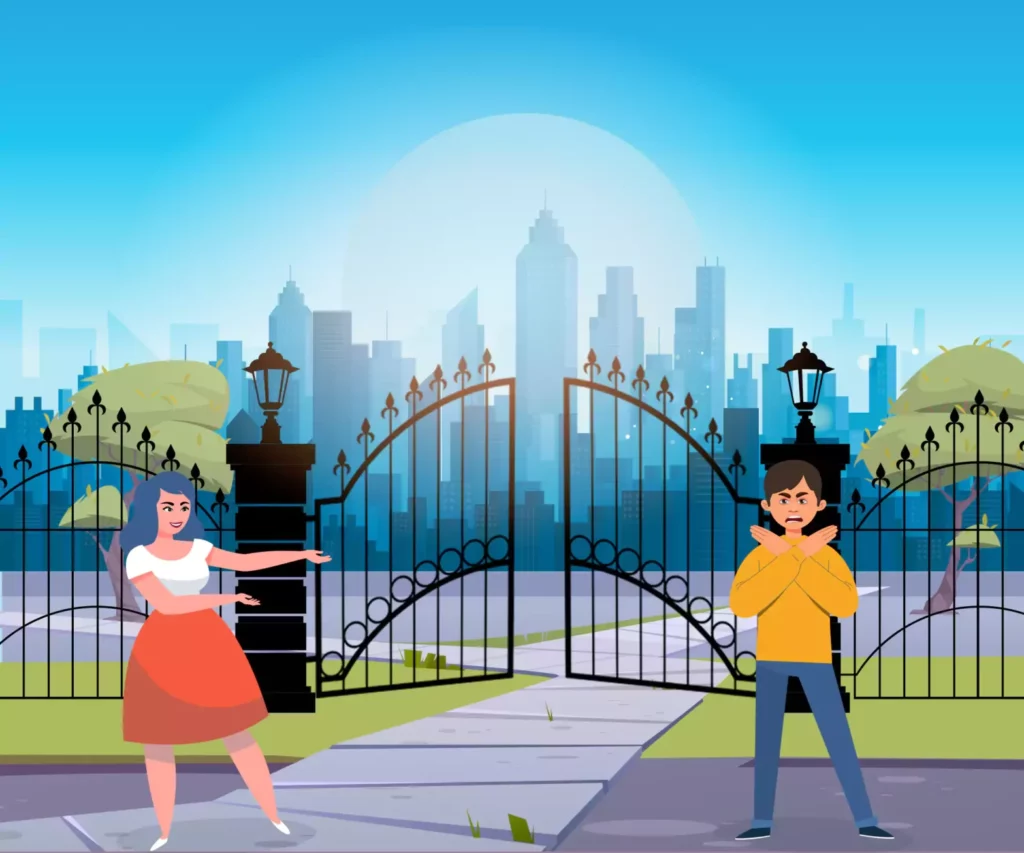
COVID-19 brought us eyeball-to-eyeball with death, changing millions of lives in unimaginable ways. So naturally, the pandemic also influenced the world of literature as writers began to reflect on humankind’s experience. Many critics argue that too much focus on the pandemic will distance readers, who view literature as a means of escaping grim realities. Can there be anything artistic or celebratory about a killer virus mowing down millions? While many writers struggled for inspiration, others thrived in these desperate times. Working from the comfort of home and leisure time to pursue long-shelved dreams marked the dawn of new writers and publishers. Ultimately, the pandemic birthed a new wave of literature that created a stir across genres. Let’s look at some examples of pandemic writing.
Pandemic writing: non-fiction
Most non-fiction writing reflects on the battle between genetically engineered organisms and medical science, the social impact of the pandemic, environmental and spiritual concerns, etc. The best and worst human responses to this crisis have become the staple of most non-fiction. When I think of such themes, two particular titles from this genre come to mind:
To Hell and Back: Humans of Covid (2022) by Barkha Dutt
This book is a poignant narration of the stories of many, including Dutt’s father. He died waiting for oxygen cylinders and essential medicines. Dutt records the strain on daily wage labourers pushed to starvation by irrationally imposed lockdowns. The book becomes the voice of the jobless and homeless choosing death, the elderly, women, and children facing domestic abuse. Dutt does not hold back from talking about the dead bodies floating on rivers or the unprepared, insensitive state machinery. Her ground-zero reporting documents the unforgivable injustice done to those the state will never acknowledge.
Beloved Beasts: Fighting for Life in an Age of Extinction (2021) by Michelle Nijhuis
The pandemic inspired entire discourses on environmental concerns. Many pointed fingers at the scale of human damage on nature as the reason we could not withstand COVID-19’s lashings. Perhaps to deepen understanding of this, there has been a sudden rise in ecological writing, highlighting the need to conserve nature to avoid total destruction. This book contains inspirational accounts of crusaders worldwide who have dedicated their lives to preserving nature. Nijhuis’ style is observant, with a clear storytelling element as well. She traces each eco-conservation movement back to its history, dexterously weaving them all together in an inspiring account. Beloved Beasts makes a compelling argument for the necessity of preserving all kinds of life to protect the planet.
Pandemic writing: fiction
The psychological impact of the pandemic has become an inevitable component of fiction written during these times. This genre deals with (but is not limited to) the stress caused by isolation. Fictional stories use the death or blossoming of relationships under lockdowns as an engaging storyline. Another strong theme is the emotional unpacking of people rediscovering lost passions and life’s absolute joys. The trauma of losing loved ones, being unable to care for them, or even giving them a proper funeral is a touching motif in this genre. Here are a few works of fiction that use such literary techniques skilfully:
The Fell (2021) by Sarah Moss
The British novelist narrates the story of a woman losing her mind while living in the isolation of lockdown. We follow Kate, a cafe waitress, who must quarantine for 14 days, but struggles to do so because of her love of the outdoors. The novel smoothly waltzes through the minds of the central character, her son, her neighbour, and a few others she knows, revealing their varying thoughts. Themes of fear, isolation, paranoia, and mundane musings build the main structure of this plot.
Wish you were here (2021) by Jodi Picoult
Inspired by a true story, this contemporary American novel is a moving account of human resilience. The protagonist Diana and her lover Dr Finn are torn apart by the pandemic when Dr Finn is called to serve COVID-19 patients. Diana reels from the impact as her dreams and plans (including a near-proposal from Finn) crumble. Quarantined on an island, she begins to re-examine her life. Picoult draws an insightful lens over feelings of separation, especially in a strained relationship, and the search for comfort and hope at any cost. The writer also acknowledges the heavy-lifting borne by frontline healthcare workers amidst the chaotic pandemic.
Pandemic writing: children’s literature
Ensuring that the new generation of young minds continued to find inspiration in reading, even against a harsh backdrop, children’s fiction pushed ahead bravely. Uplifting metaphors and qualities of a hero became the highlight of this genre.
Doctor Li And The Crown-Wearing Virus (2021) by Francesca Cavallo
A New York Times bestseller and activist, Cavallo’s illustrated work teaches children about the importance of science and of facing challenges. It inspires them through the story of Dr Li Wenliang, the late whistle-blower physician who exposed the COVID-19 pandemic in China. Narrated through the experiences of a little American girl, May, this book navigates the issues children faced during the pandemic.
And Then Came Hope (2021) by Stephen Savage
Brightly coloured for little readers, this book tells the story of a small fleet of cargo boats that fall sick and await help. The importance of reassurance and hope during sickness is highlighted here, along with the message of teamwork. Savage uses a bubbly rhythm throughout the writing to match the kid-friendly wordplay. This illustrated book draws inspiration from the first-ever hospital ship, HOPE. The ship housed medical professionals and made humanitarian voyages for 14 years back in 1958.

The future
Writing about an almost-apocalyptic time, in the shadow of death and while facing a most indefinite future, is indeed challenging. Therefore, the list of books mentioned above is a testament to the insight, thought, and deep appreciation of human emotions that writers exercised at this time. They each make sense of the chaos in their own style and provide the reader with an alternate worldview. Unfortunately, we have lost a lot of writing on other crucial themes and exciting aspects of life, both serious and comic.
The actual test of great literature is its ability to remain relevant irrespective of the passage of time. With a lot of pandemic writing being produced, several questions remain unanswered: will this wave of literature be as impactful in a decade? Will readers of the future turn to these books to gauge the cultural mindset of the 2020s? Or has pandemic writing established itself as an indispensable fixture that bridges the normal with the ‘new normal’?


